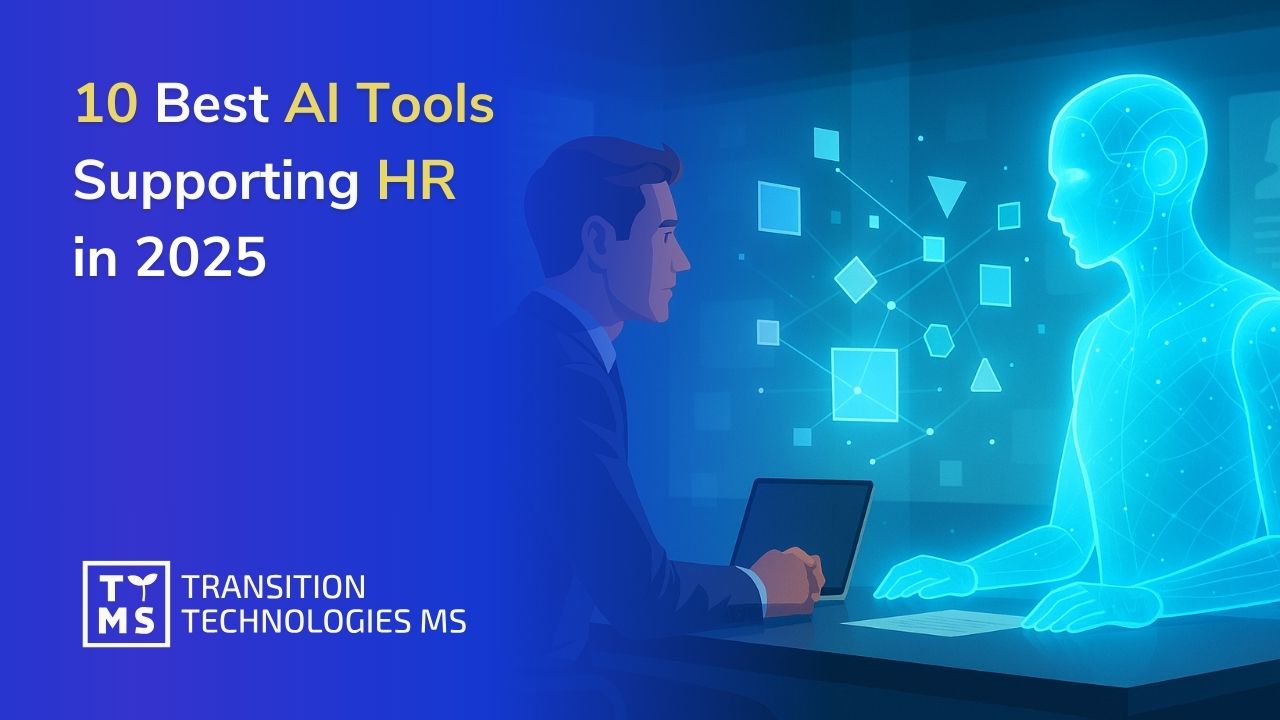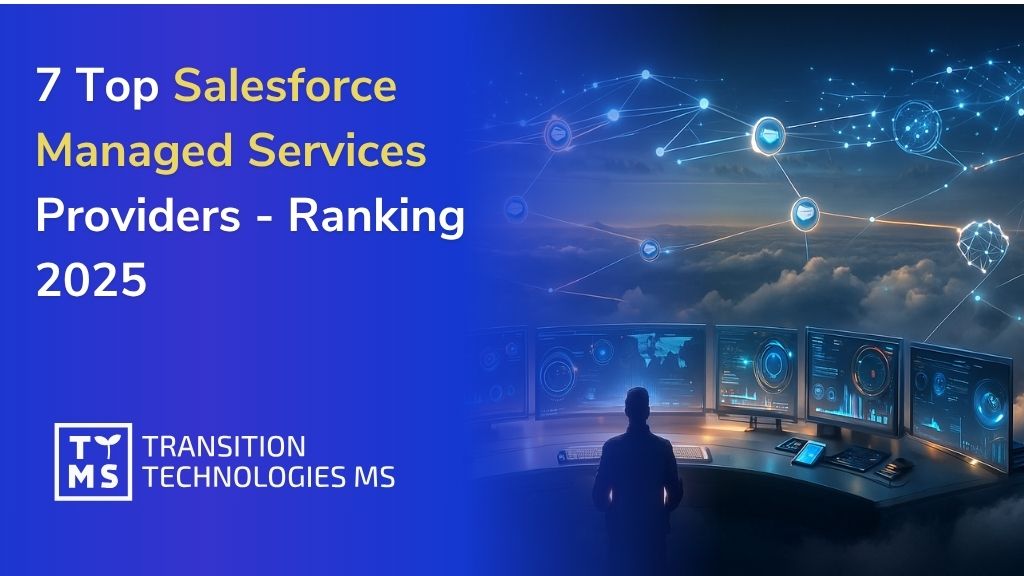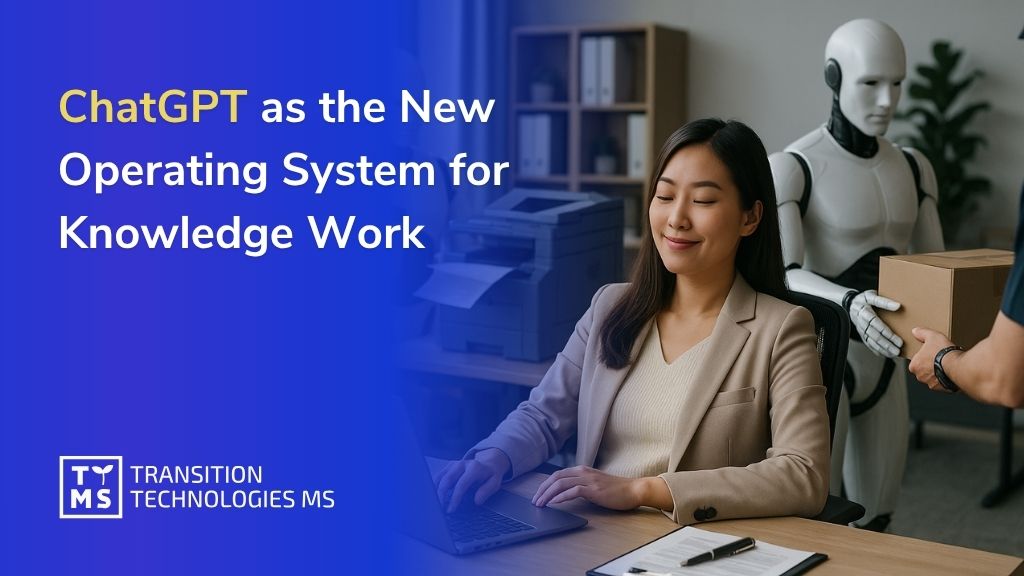Small language models are gaining importance due to their efficiency and versatility, offering various applications in business. What benefits can smaller language models bring to companies compared to large models like GPT-3 or GPT-4? What are the key differences between them? Can smaller language models be equally effective, or perhaps even more suitable for specific business applications? How can they help companies with limited IT resources? These questions are crucial for understanding the potential of small language models in today’s business world. We will try to answer them in this article.
What Are Small Language Models?
Small language models are versions of NLP (natural language processing) models with fewer parameters, usually in the millions instead of billions. They can be compared to agile, small sports cars in the tech world – while large models are like trucks, powerful and capable of carrying huge loads (data), small models are fast, agile, and require less fuel (computational resources) to work efficiently. This makes them more optimized for performance and cost, making them ideal for smaller companies and enterprises with limited IT resources.
Despite their smaller scale, small language models can effectively perform many natural language processing tasks, such as sentiment analysis, customer service automation, and content generation. With fewer parameters, they are also more accessible to companies that may not have large hardware resources or budgets for expensive technological solutions.

Key Advantages of Small Language Models:
- Efficiency: Small language models have significantly lower computational resource requirements compared to larger models like GPT-3 or GPT-4. With fewer parameters, these models are less demanding in terms of computing power, resulting in lower operational costs. Companies do not need to invest in expensive, advanced IT infrastructure to effectively use small language models. They can run on standard hardware, making them more economical to maintain. Reduced computational resource requirements also mean lower energy consumption, further reducing operational costs and environmental impact.
- Speed: One of the most important advantages of small language models is their data processing speed. With fewer parameters, small models can analyze and generate responses much faster than their larger counterparts. Shorter response times are crucial in many business applications, such as customer service or real-time data analysis. For example, chatbots based on small language models can instantly respond to customer inquiries, significantly improving service quality and customer satisfaction. Faster data processing also allows for more dynamic and efficient marketing actions and better internal data management within the company.
- Accessibility: Small language models are more accessible to companies with limited technological resources, as they require less advanced hardware to operate. They can be deployed on less powerful machines, reducing initial and operational costs. This makes small models an ideal solution for small and medium-sized enterprises that do not have the budget for expensive IT infrastructure. Moreover, simpler integration with existing IT systems means that companies can quickly implement and start using the technology, allowing for faster realization of business benefits. The accessibility of small language models also allows companies to test and experiment with NLP technology without significant financial risk, fostering innovation and adaptation of modern technological solutions.
How Can Businesses Use Small Language Models?
Small language models offer many application possibilities that can benefit companies in various sectors. Here are some key areas where these models can be useful:
1. Customer Service
The use of small language models in chatbots can significantly improve customer service by automating responses to frequently asked questions and providing quick support. This can increase customer satisfaction and relieve employees from routine tasks. Chatbots with small language models can engage in more natural and engaging conversations with customers, making them feel better understood and served. Additionally, such solutions can operate 24/7, providing uninterrupted assistance and customer service, regardless of the company’s working hours. Automating routine inquiries allows employees to focus on more complex issues and tasks requiring a human touch, increasing the overall efficiency of the team.
2. Sentiment Analysis
Small language models can be used for sentiment analysis in customer reviews, social media comments, and other forms of feedback. This allows companies to better understand their customers’ sentiments and respond appropriately to their needs. Sentiment analysis enables companies to quickly identify positive and negative opinions about their products or services, allowing for swift responses to issues and complaints before they become serious threats to the company’s reputation. Furthermore, sentiment analysis can provide valuable insights into customer preferences and market trends, which can be used to better tailor the company’s offerings to market expectations.
3. Marketing Automation
Companies can use small language models to automate marketing processes such as content generation, personalized customer communication, and campaign effectiveness analysis. Automating content creation allows for the quick generation of articles, blog posts, product descriptions, and email campaigns, saving time and human resources. Personalized customer communication, based on customer data and preferences, increases the effectiveness of marketing activities, as customers receive more relevant and personalized messages. Analyzing the effectiveness of marketing campaigns with small language models allows for real-time monitoring of campaign results and adjusting marketing strategies to achieve better outcomes.
4. Recruitment Process Support
Small language models can support recruitment processes by automatically analyzing CVs, selecting candidates, and generating recruitment reports, significantly speeding up the entire process. This enables recruiters to process a large number of applications more quickly and efficiently, identifying the most suitable candidates. Automating these processes also reduces human errors and increases objectivity in candidate evaluation.

Examples of Small Language Model Applications in Business
Company A: Customer Service Automation
Company A integrated a small language model with its chatbot system on its website. As a result, the chatbot was able to handle 80% of customer inquiries without human intervention, significantly reducing customer service costs. The chatbot answered questions about products, technical support, and order processing, speeding up response times and improving customer satisfaction. With the implementation of the small language model, the company could offer 24/7 support, increasing customer service availability. Customers also had the opportunity to receive immediate answers to frequently asked questions, speeding up the problem-solving process. The company also noticed an increase in customer loyalty, as they appreciated the quick and efficient help. Furthermore, automating customer service allowed employees to focus on more complex tasks, increasing their productivity and job satisfaction.
Company B: Real-Time Sentiment Analysis
Company B used a small language model for sentiment analysis in social media comments. This allowed them to quickly respond to negative opinions and improve their products and services based on customer feedback. Sentiment analysis enabled the company to monitor customer sentiments in real-time and adjust marketing strategies and customer service accordingly. The company could also identify and promote positive opinions, helping to build a positive brand image. Regular sentiment analysis allowed the company to detect potential PR crises early and take preventive actions immediately. Moreover, the data from the analysis was used to create more engaging marketing campaigns that better responded to customer needs and expectations.
Company C: Marketing Content Creation Automation
Company C used a small language model to generate marketing content for its blogs and websites. Automating this process allowed the marketing team to focus on strategy and creativity instead of writing routine content. The model generated articles that were then reviewed and refined by specialists, significantly speeding up the content creation process and increasing its volume. The company could regularly publish new content, contributing to better search engine positioning and increased website traffic. Automating content creation also allowed for more personalized communication with customers by generating content tailored to specific market segments. The company noticed an increase in user engagement and a higher number of conversions, translating to higher revenues. Additionally, the marketing team had more time to analyze campaign results and implement optimizations, increasing the effectiveness of marketing activities.
Challenges of Small Language Models
Limited Capacity: Small language models, due to the smaller number of parameters, have limited information processing capacity compared to large language models (LLM). This means they may struggle to analyze and generate responses to more complex queries requiring a deeper understanding of context and language nuances. For example, while a large language model can easily handle long, complex texts, a small language model may have difficulty maintaining consistency and accuracy in responses. In practice, this can lead to less precise answers to questions requiring detailed data analysis or comprehensive context understanding, limiting their application in more demanding business scenarios.
Moreover, smaller capacity means that small language models may struggle with processing very large data sets simultaneously. In situations where processing multiple contexts or large amounts of information at once is required, small models may be less effective. This limitation may require the use of more specialized algorithms or additional processing layers, increasing implementation complexity and costs.
Lower Precision: Small language models may also exhibit lower precision compared to their larger counterparts. Due to the limited number of parameters, they have less ability to capture complex patterns and nuances in language data. This can lead to generating responses that are less accurate or less consistent, especially for complex queries.
For example, sentiment analysis in texts containing sarcasm or irony, where a large language model may better recognize subtle cues and correctly interpret the author’s intentions, while a small language model may provide less accurate results. Similarly, in applications requiring precise contextual analysis, such as natural language processing in legal or medical documents, small models may not be able to provide the required accuracy.
In practice, lower precision may mean that results generated by small language models will require additional verification and correction by humans, increasing operational time and costs. Companies must be aware of these limitations and appropriately adjust their expectations and processes to effectively use small language models in their operations. To mitigate these limitations, companies can adopt a hybrid approach, combining small language models with more advanced technologies and additional analytical tools to achieve the desired level of precision and accuracy.

Summary
Small language models are a powerful tool for businesses, offering efficiency, accessibility, and versatility. With them, companies can improve customer service, automate marketing, analyze sentiments, and support recruitment processes. Although they have some limitations, their advantages make them a valuable solution for enterprises striving to increase innovation and efficiency.
Using small language models in business can bring significant benefits, from increasing customer satisfaction to optimizing internal processes, ultimately leading to better financial results and a competitive advantage.
FAQ – Frequently Asked Questions
What are small language models?
Small language models are versions of NLP (natural language processing) models with fewer parameters, typically in the millions rather than the billions. They are optimized for performance and cost, making them more accessible to smaller companies and enterprises with limited IT resources.
What are the benefits of using small language models in business?
Małe modele językowe oferują wiele korzyści, takich jak:
- Niższe koszty wdrożenia i utrzymania.
- Szybsze czasy odpowiedzi.
- Łatwiejsza integracja z istniejącymi systemami.
- Mniejsze wymagania sprzętowe i energetyczne.
In what areas of business can small language models be most useful?
Małe modele językowe mogą być użyteczne w wielu obszarach, takich jak:
- Obsługa klienta (chatboty).
- Analiza sentymentów w opiniach klientów.
- Automatyzacja marketingu i generowanie treści.
- Wsparcie w procesach rekrutacyjnych.
What are the limitations of small language models?
The main limitations of small language models are:
Limited capacity: Fewer parameters may limit the ability to process complex queries.
Precision: May be less precise compared to larger models, which may affect the quality of the responses generated.
Are small language models safe for business use?
Yes, small language models are safe to use as long as they are properly managed and monitored. It is important to implement appropriate security measures and conduct regular audits to ensure that models are performing as expected and not generating inappropriate content.
What are some examples of small language models?
Examples of small language models are models such as DistilBERT, ALBERT, and TinyBERT. They are smaller, more optimized versions of larger models such as BERT.
What are the costs associated with implementing a small language model in a company?
The costs of implementing a small language model may vary depending on the specific requirements of the company, IT infrastructure and scale of application. In general, small models are more cost-effective compared to large models because they require less computational resources and are easier to integrate.
Can small language models be adapted to the specific needs of my company?
Yes, small language models can be adapted to the specific needs of the company through a fine-tuning process. This allows the model to be trained on data specific to a given industry or application, which increases its effectiveness and precision in specific tasks.
What are the differences between small and large language models?
The main differences between small and large language models are the number of parameters, the demand for computational resources, and the scope of applications. Large models like GPT-3 have billions of parameters and can process more complex queries, but they are also more resource-intensive and expensive. Small models are less complex, but more economical and effective in everyday business applications.
Can small language models support multilingualism in business?
Yes, small language models can be trained and tuned to support multiple languages, which makes them useful for companies operating in international markets. Thanks to this, they can support communication and operations in various languages, increasing the reach and efficiency of the business.






